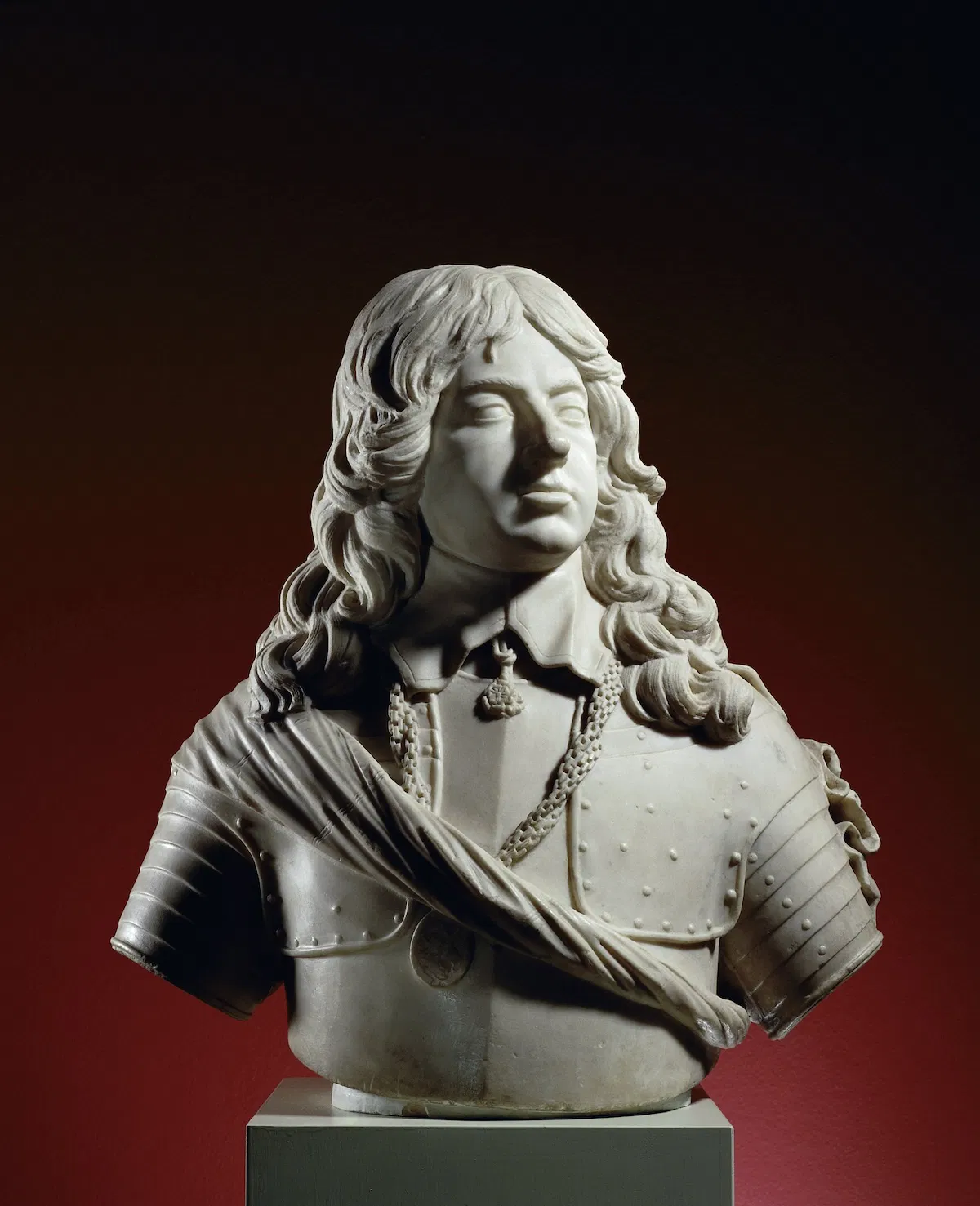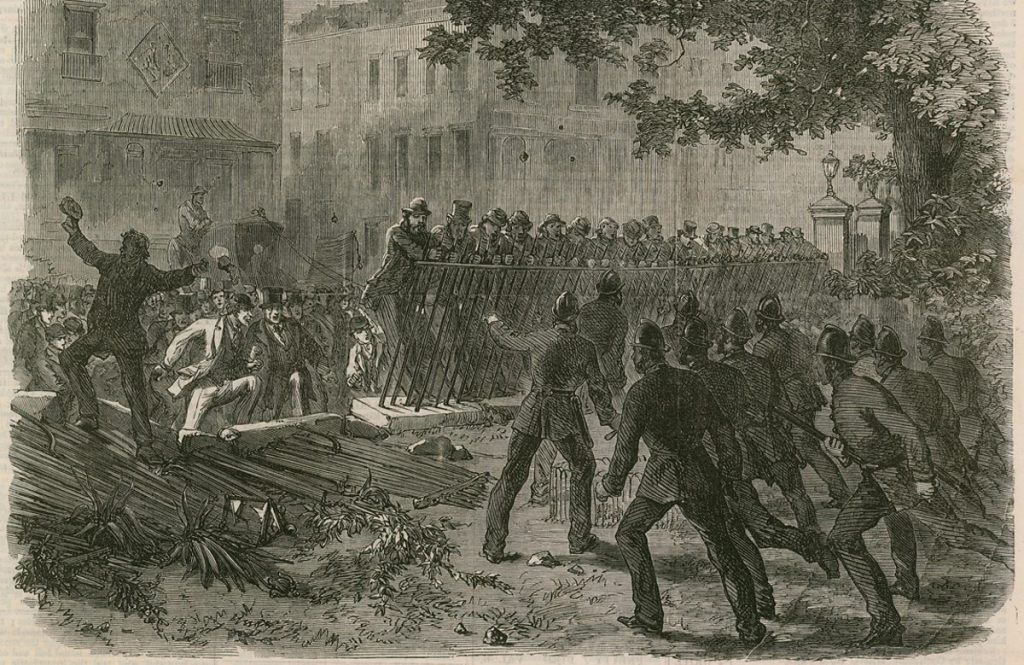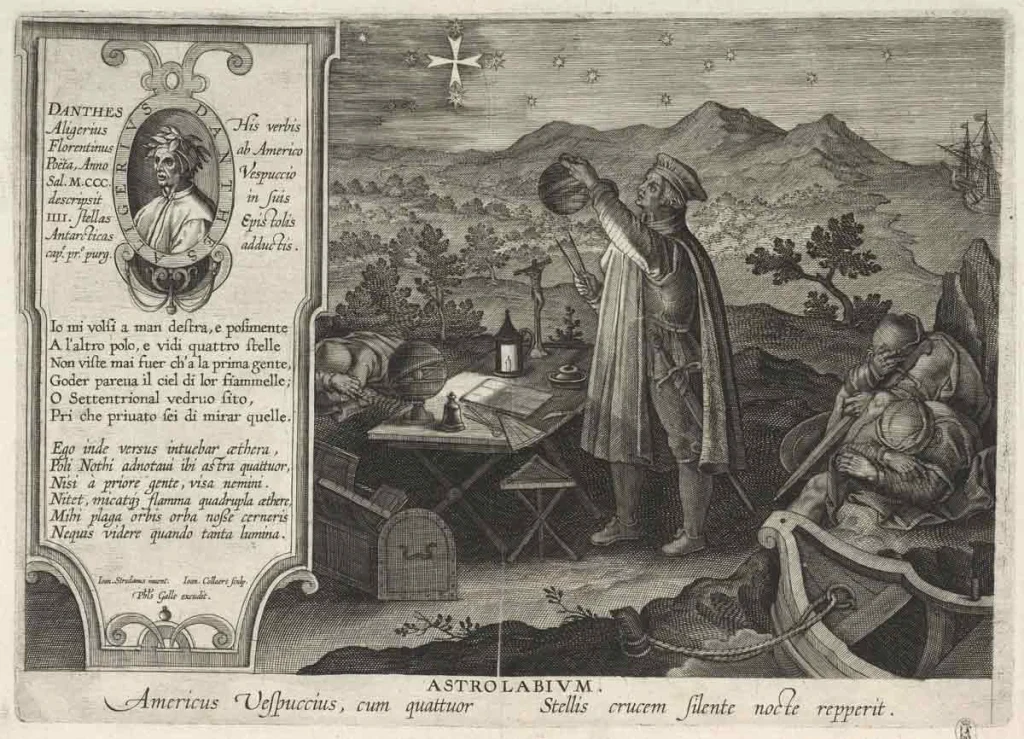# The Forgotten Woman Who Restored the British Monarchy
In the bitter winter of 1660, England stood at a crossroads. Oliver Cromwell was dead, his republic crumbling. The army had seized power, expelled Parliament, and left the nation in chaos. Amid the turmoil, one man held the fate of Britain in his hands—General George Monck, the silent soldier from the West Country.
But behind Monck stood a woman whose name history has nearly erased: his wife, Anne.
She was no noblewoman, no political schemer. She had once been a seamstress, washing the clothes of prisoners in the Tower of London. Yet it was Anne who whispered in her husband’s ear, who dared to dream of a king’s return, and who ultimately helped shape the future of a nation.
This is the story of how a blacksmith’s daughter changed British history.
Love in the Tower
Anne Clarges first met George Monck in the grim chambers of the Tower of London in the 1640s. He was a prisoner, a captured Royalist officer. She was the laundress who mended his shirts.
They were an unlikely pair. George, the son of a Devon knight, was famously reserved—”the most silent man alive.” Anne, bold and outspoken, had a sharp wit that both charmed and scandalized. Yet in that cold, damp fortress, something kindled between them.
When Monck was released—on the condition he join Cromwell’s forces—Anne went with him. Their love was a secret at first, for Anne was already married to a haberdasher named Thomas Radford. Bigamy was a crime punishable by death, but they took the risk.
By the time Anne gave birth to their son, Christopher, in 1653, she and George had quietly wed. Their marriage would endure scandal, war, and revolution—but nothing would test them like the crisis of 1660.
The Fall of the Republic
After Cromwell’s death in 1658, his son Richard proved a weak successor. The army, restless and divided, ousted him and dissolved Parliament once more. From Scotland, where Monck commanded the forces, he watched the chaos unfold.
Anne, ever observant, saw opportunity in the turmoil. One night, she dreamed of a golden crown lying on a dung heap, guarded by soldiers. A tall, dark-haired man broke through, lifted the crown, and placed it on his own head.
When she asked a servant what Charles II looked like, she was told: tall, with black hair.
That dream stayed with her.
The Treason Gown
In the evenings, Anne would change into her house gown—a simple, comfortable dress—and visit George in his study. Their chaplain later recalled that when she wore it, she claimed the right to speak freely.
The servants called it her “Treason Gown.”
Night after night, she urged George to consider the unthinkable: restoring the monarchy. At first, he resisted. He had fought for Parliament, served Cromwell loyally. But Anne pressed on, pointing out the dangers of military rule, the instability of the republic.
Meanwhile, royalist agents circled, sensing Monck’s growing disillusionment. Yet he refused to meet them—until Parliament made a fatal mistake.
The Ultimatum
When Monck marched his army south to restore Parliament, he expected gratitude. Instead, the MPs ordered him to crush London’s resistance—arresting its leaders, dismantling its defenses.
That night, Anne and his closest advisors warned him: “If you obey, you will lose the people forever.”
The next morning, Monck rode into the city—not to enforce Parliament’s will, but to defy it. He demanded new elections, a free Parliament. The people erupted in joy. Bonfires lit the streets.
Still, Monck refused to speak of the king. Only Anne, in her treason gown, kept the idea alive.
The King’s Return
Finally, with no other path to stability, Monck agreed to negotiate with Charles II. The terms were set: the monarchy would return, but with limits.
When Charles landed at Dover in May 1660, Monck knelt before him. The king, knowing who had made his throne possible, embraced him.
Rewards followed. Monck was made Duke of Albemarle. Anne, now a duchess, was showered with letters of thanks from the royal family.
But not everyone was grateful. Royalists who had suffered in exile sneered at the upstart seamstress who now sat among nobles. Anne, ever defiant, cared little.
A Legacy Forgotten
George Monck died in 1670. Anne followed just weeks later. Though they had helped restore the monarchy, history soon forgot her.
No grand monuments bear her name. No biographies celebrate her. Yet without Anne Monck, the course of British history might have been very different.
Three and a half centuries later, the monarchy still stands—a quiet testament to the power of a woman who dared to dream of a crown in the dirt.











































